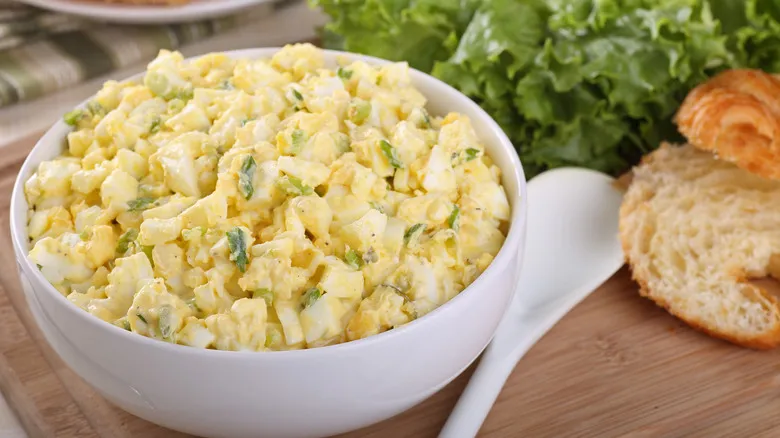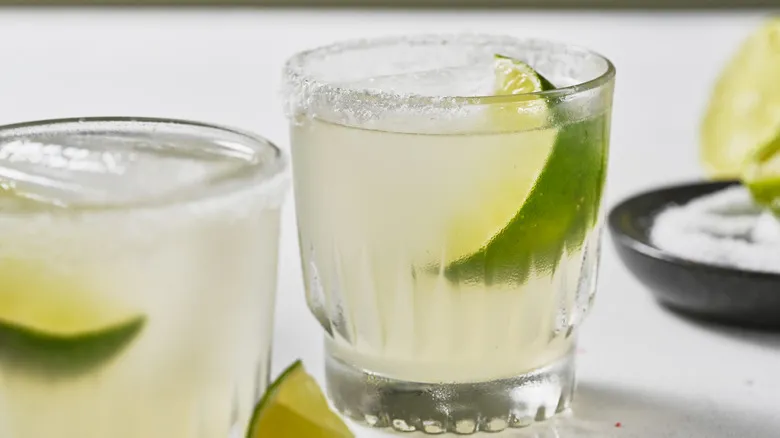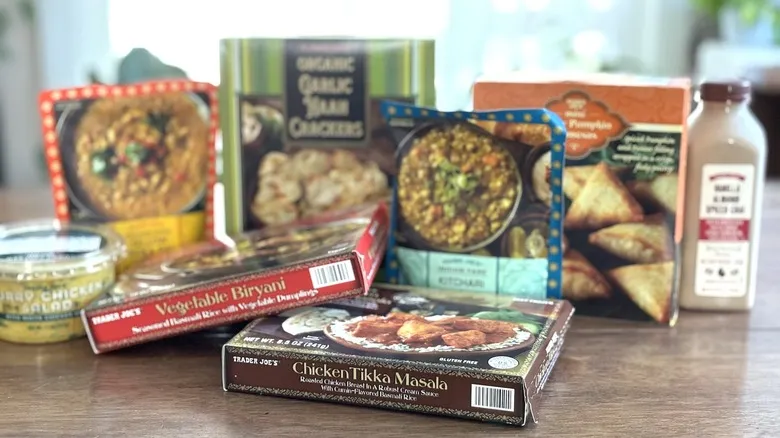Whip up (literally) a beurre blanc in minutes
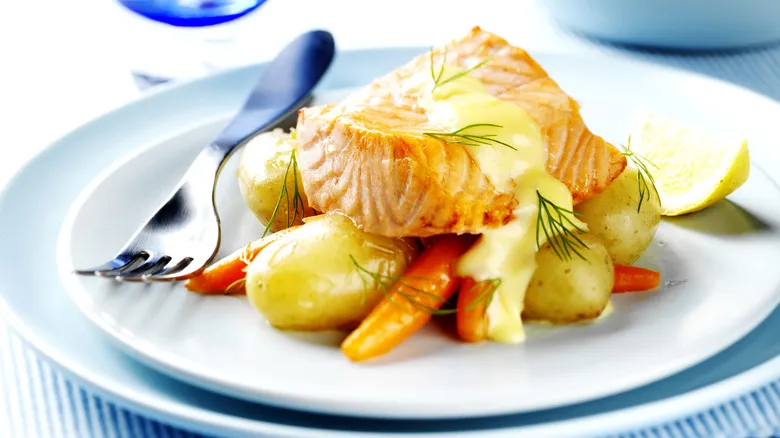
At its essence, beurre blanc consists of sautéed shallots, equal parts reduced white wine and vinegar, and cold butter cut into chunks. When cooked and whisked over very low heat, it transforms into a silky, creamy sauce that elegantly drapes over fish or vegetables, much like hollandaise. What distinguishes beurre blanc from hollandaise or béarnaise, as Julia Child points out in her book, is that "it is simply warm flavored butter — butter emulsified." She attributes the emulsification to the acidic mixture of wine and vinegar, which serves as the liquid foundation for the butter.
Beurre blanc is straightforward to master if you follow a few key tips. Similar to making biscuits, the butter should be as cold as possible, ideally frozen. Cut the sticks into equal pieces before freezing. With the acidic vinegar, adding too much butter at once or using a temperature that’s too high can cause the butter to separate instead of emulsifying. You can remedy this by incorporating a bit of ice water or heavy cream (which technically turns it into beurre blanc Nantais). Melt the butter over an extremely low flame (below 135 degrees Fahrenheit), removing the pan from the heat as necessary. Using the right whisk will help aerate the butter, resulting in a creamier texture. Don’t forget to add a signature squeeze of lemon at the end for a touch of brightness. As the French say, c'est du gâteau!
Recommended
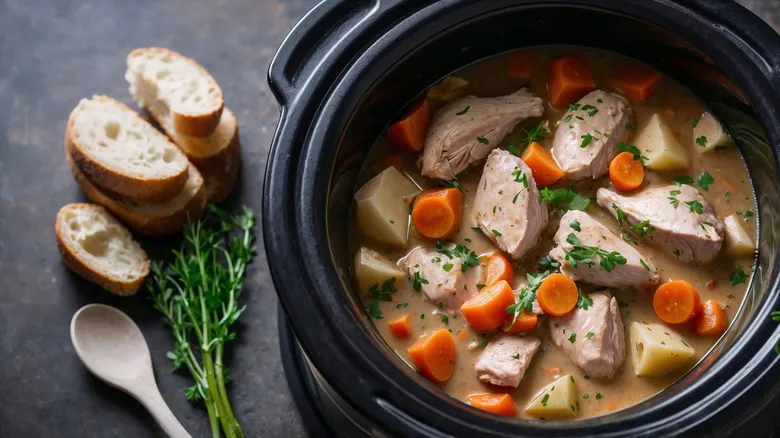
Why Fresh Herbs Don't Belong In The Slow Cooker
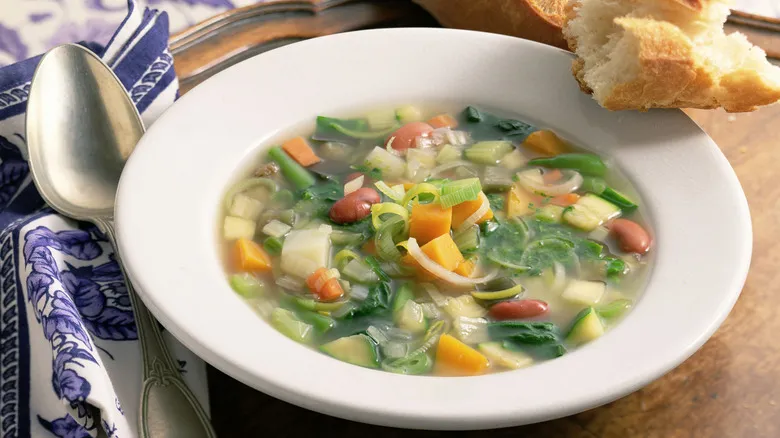
The Crucial Step You Can't Skip With Vegetables When Making Soup
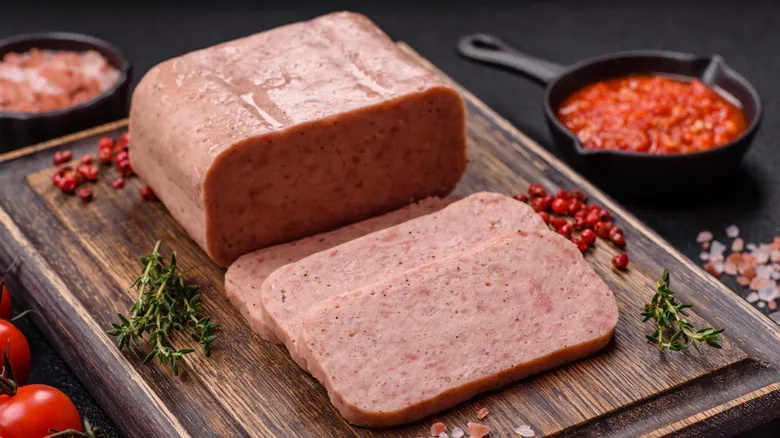
How To Fix Overly Salty Canned Spam
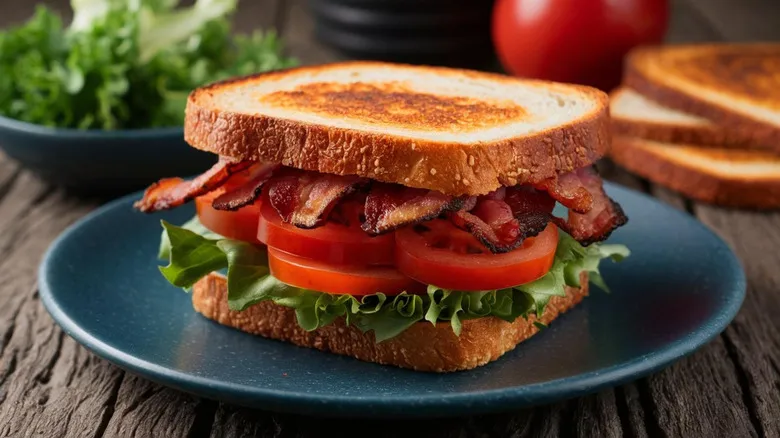
Beefsteak Vs Heirloom Tomatoes: Which Is Best For A BLT?
Next up



